Thai Buddha head (Ayutthaya Kingdom) from the 17th century sculpted on sandstone with a serene and delicate expression.
The finesse of the master sculptor's work is remarkable here: the large almond-shaped eyes with half-closed eyelids advocate introspection and humility, the thin and drawn mouth with pronounced corners preaches benevolence and universal love.
He is wearing the Ushnisha, a cranial protuberance characteristic of Buddha and symbol of his knowledge.
Much emotion and wisdom emerge from this Buddha who invites the eye and mind of the spectator to meditative calm and the concentration of the enlightened.
This collector's item is distinguished by its finesse of execution and its expression of wisdom from which a great spirituality emerges. Traces of gold present on the sandstone.
Height on base: 27.4 cm
The historic city of Ayutthaya, founded in 1350, was the second capital of the Siamese kingdom after Sukhothai. It enjoyed a period of prosperity between the 14th and 18th centuries, establishing itself as one of the largest and most cosmopolitan urban areas in the world. Ayutthaya also played a key role as a center of diplomacy and international trade. In the early 16th century, European travelers ranked it among the three great Asian powers, alongside Vijayanagar in India and Calle. Considered the precursor to modern Thailand, the kingdom of Ayutthaya occupies a major place in the country's history. Its territory extended over part of present-day eastern Myanmar (Burma), western Laos and as far north as present-day Malaysia. However, it was destroyed by the Burmese in the 18th century.


























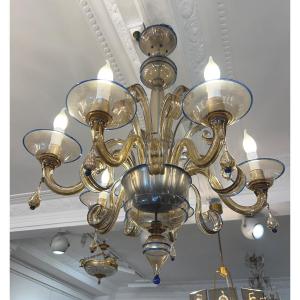


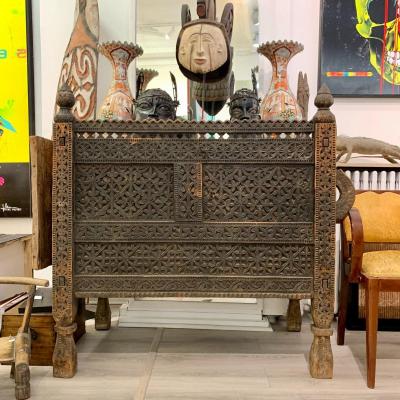

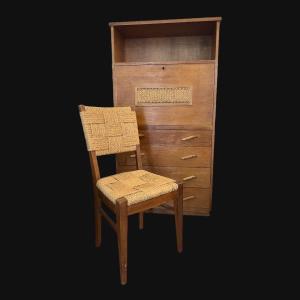

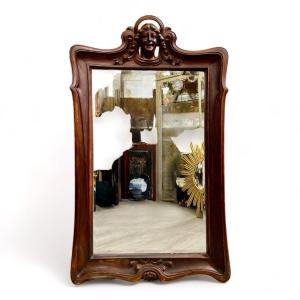
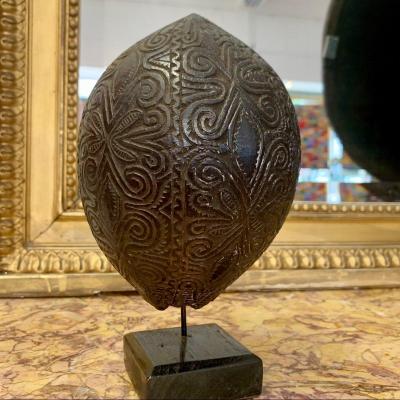
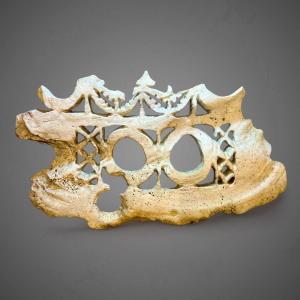
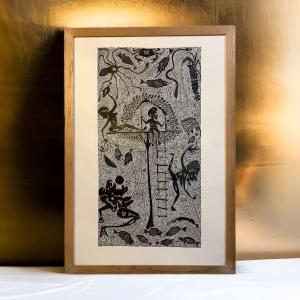











 Le Magazine de PROANTIC
Le Magazine de PROANTIC TRÉSORS Magazine
TRÉSORS Magazine Rivista Artiquariato
Rivista Artiquariato